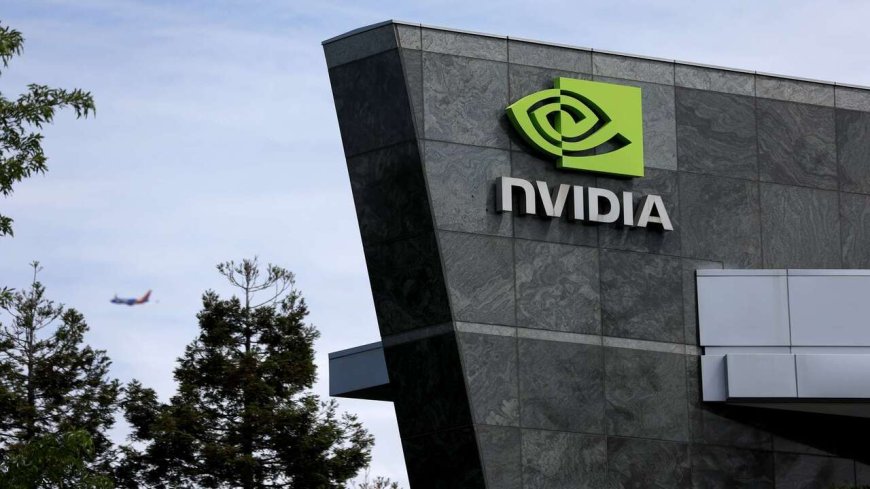Nvidia's Rise to Dominance in the AI Industry

It all started at a Denny’s in San Jose in 1993. Three engineers—Jensen Huang, Chris Malachowsky, and Curtis Priem met to discuss building a computer chip that would enhance graphics for video games, making them faster and more realistic. This conversation led to the founding of Nvidia, a tech company that has risen to become a key player in the AI industry.
Nvidia, based in Santa Clara, California, invented the graphics processing unit (GPU) in 1999, which significantly impacted the PC gaming market and revolutionized computer graphics. However, it was Nvidia’s strategic shift towards AI that truly cemented its dominance. The company's GPUs have become essential in powering various AI applications, including generative AI chatbots like ChatGPT and Google’s Gemini.
Nvidia's journey to the top involved recognizing the potential of GPUs for parallel processing, which is crucial for AI and machine learning. This led to the development of the CUDA platform in 2006, enabling developers to harness GPU power for general computing tasks. As a result, Nvidia’s GPUs became the preferred choice for AI workloads, transforming the market.
CEO Jensen Huang has been a visionary leader, steering Nvidia towards AI innovation for over a decade. Under his guidance, the company has maintained its competitive edge through continuous advancements in GPU architecture and strategic investments in AI research. Huang's foresight led to the creation of AI-specific GPUs, which have been pivotal in the rise of AI technology.
Nvidia's influence in the AI industry extends beyond hardware. The company has developed software and tools, such as the Nvidia Deep Learning AI and TensorRT, to support AI development. These innovations have made Nvidia an indispensable partner for tech giants and research institutions, driving the AI revolution forward.
The company's early recognition of AI’s potential has paid off. Nvidia's specialized chips are now integral to the development of AI, with applications ranging from autonomous vehicles to creative content generation. This foresight has resulted in exponential growth, with analysts predicting Nvidia's revenue to reach nearly $120 billion by January 2025.
Nvidia’s success story underscores the importance of innovation, strategic vision, and the ability to anticipate and adapt to technological shifts. As AI continues to evolve, Nvidia remains at the forefront, shaping the future of the industry and solidifying its position as an AI giant.


 Saad khan
Saad khan 





